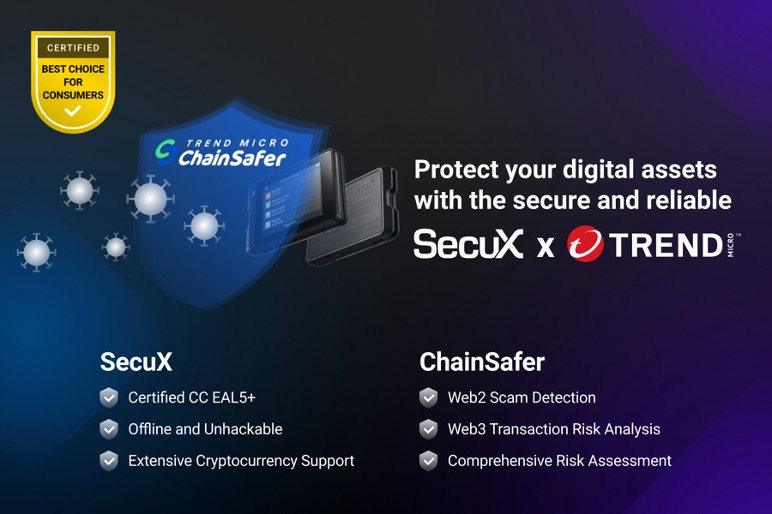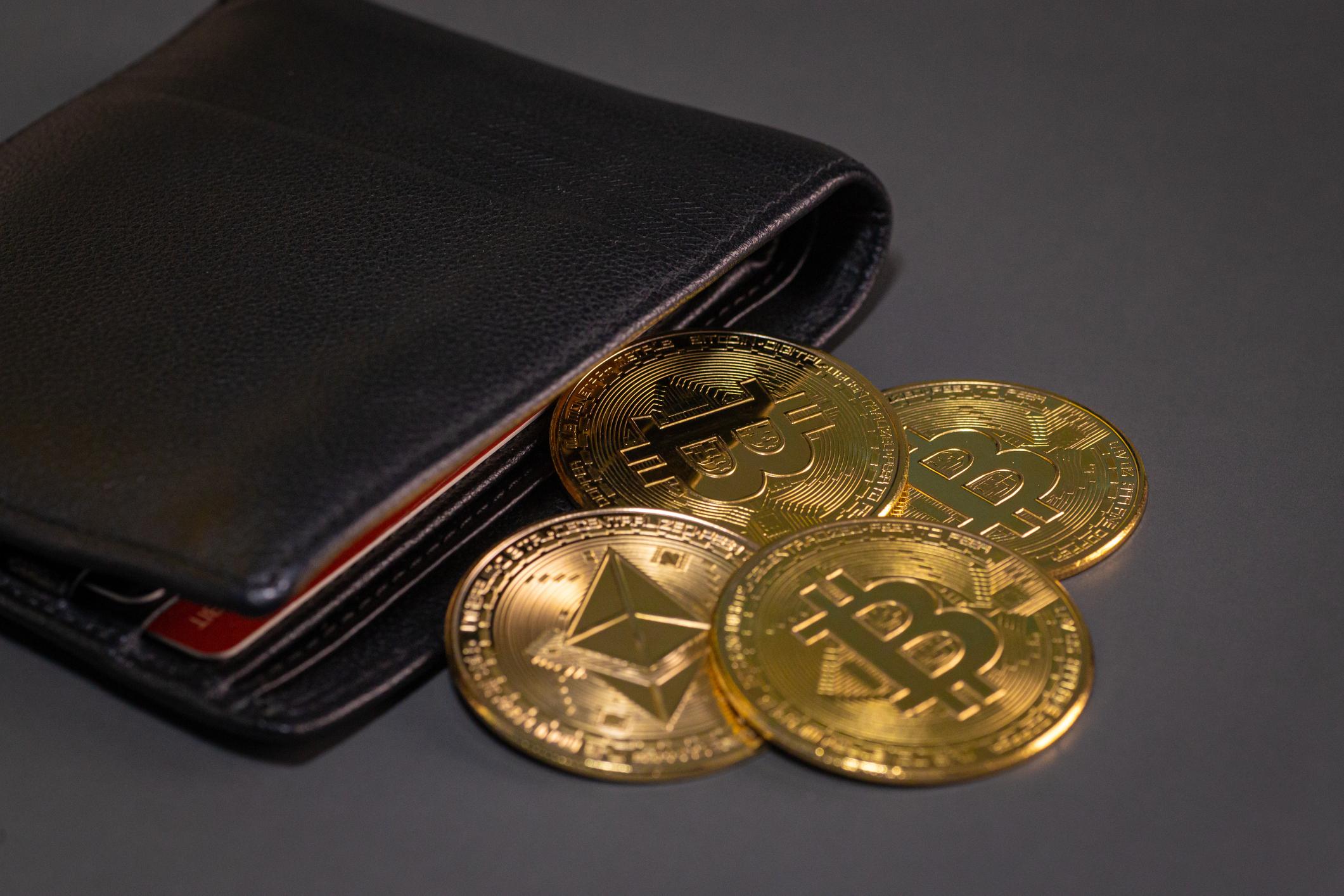The cold wallet is an offline or hard wallet that is commonly used as a cryptocurrency wallet. This type of wallet is not connected to the internet and is used to store and secure digital assets like Bitcoin, Ethereum, and other cryptocurrencies. Using this wallet reduces the risks of hacking and unauthorized access to digital assets.
There are two types of cold wallets:
- Hard Wallets: Most hard wallets are USB sticks or small electronic devices that are designed to store cryptocurrency private keys securely. It comes with built-in encryption and needs to be connected to a computer or mobile device when carrying out a transaction.
- Paper Wallets: A physical copy or printout of public or private keys associated with the cryptocurrency address.
Why Do You Need a Cold Wallet to Protect Your Cryptocurrency?
Cold wallets are safer than hot, or online, wallets. First, since it is offline, cold wallets are not vulnerable to cyberattacks and eliminate the risk of malware compromising private keys. It is also immune to phishing attacks that target online wallets. Cold wallets also have a backup mechanism that allows you to recover your funds in case of loss or damage. Storing your cryptocurrency in Cold Wallets will give you peace of mind knowing your funds are stored offline and will not be exposed to online threats.
How to Set up Cold Wallets?
- Generate a cold wallet: create a paper wallet or set up a hard wallet.
- Transfer funds to a cold wallet: send the cryptocurrency from another wallet to a public cold wallet address.
- Store the cold wallet securely.
- Use the hard wallet when making transactions, sign the transaction with the private key, and disconnect it from the internet.
Example cryptocurrencies stored in hard and paper wallets:
- Bitcoin (BTC)
- Ethereum (ETH)
- Ripple (XRP)
- Litecoin (LTC)
- Bitcoin Cash (BCH)
Common Risks with Hard Wallets and Paper Wallets
Hard wallets and paper wallets are relatively secure compared to hot wallets but still have their own risks. Here are some known risks associated with using cold wallets:
- Physical damage or loss is a common issue. To protect your account, it’s essential to have a backup for the recovery seed and store multiple copies in secure locations.
- Seed phrase backup risks are also present, as they use private keys to back up the wallet. Sharing the seed phrase with others is not recommended.
- A secure initial setup is crucial, ensuring the device is not compromised with malware or keyloggers.
- Transactions and verifications should be double-checked before approval.
- Forgetting a PIN or password can be a risk, but some hardware wallets have built-in security features to protect against brute-force attacks.
- Human errors, such as mistakes in generating, printing, and setting up cold wallets, can also pose risks.
How Can Trend Micro Help You Protect Your Cryptocurrency?
Trend Micro has developed a new security solution to help users of cryptocurrencies and NFTs secure their wallets. Trend Micro ChainSafer offers enhanced blockchain security with AI-powered algorithms that detect and alert you to suspicious activity.

The integration of our ChainSafer solution into the SecuX W20 Cold Wallet ensures the security of your assets, even while connected to the internet. By leveraging Trend Micro’s advanced cybersecurity technology, this new tool will thwart typical cryptocurrency and NFT scams, detect phishing websites, and provide robust protection against malicious hacker attacks. As a result, you will conduct transactions with enhanced confidence as you enjoy the very highest level of security.

